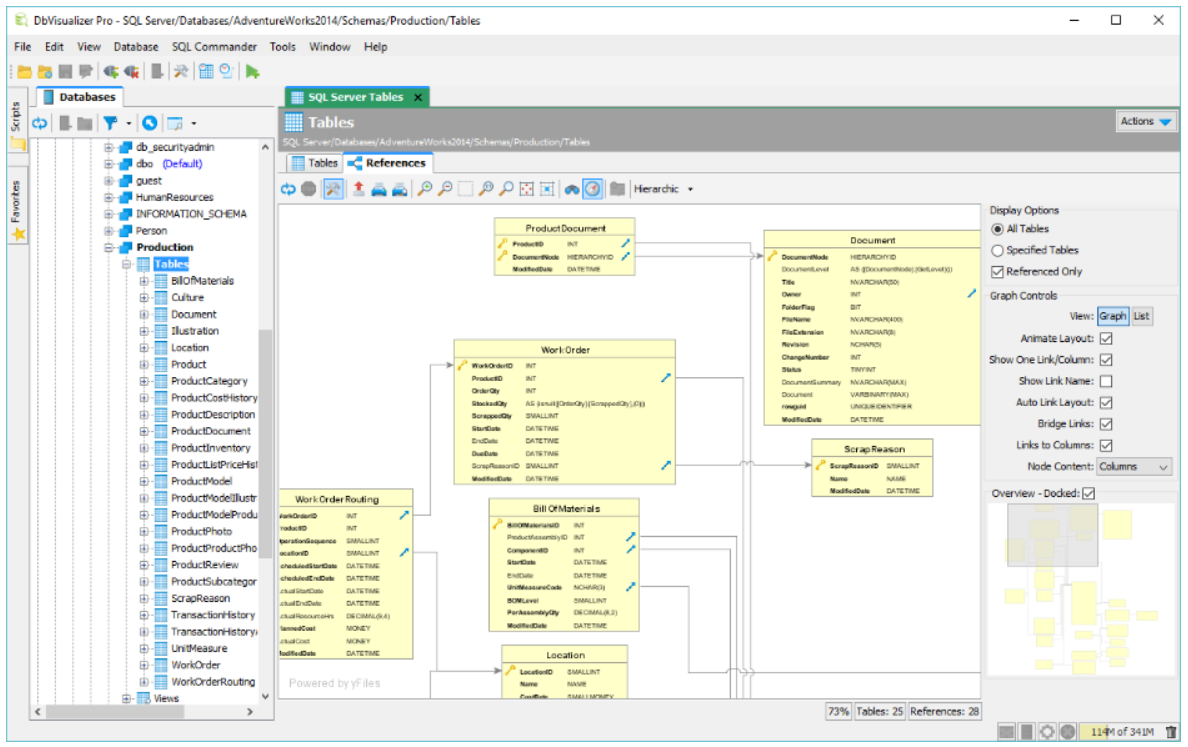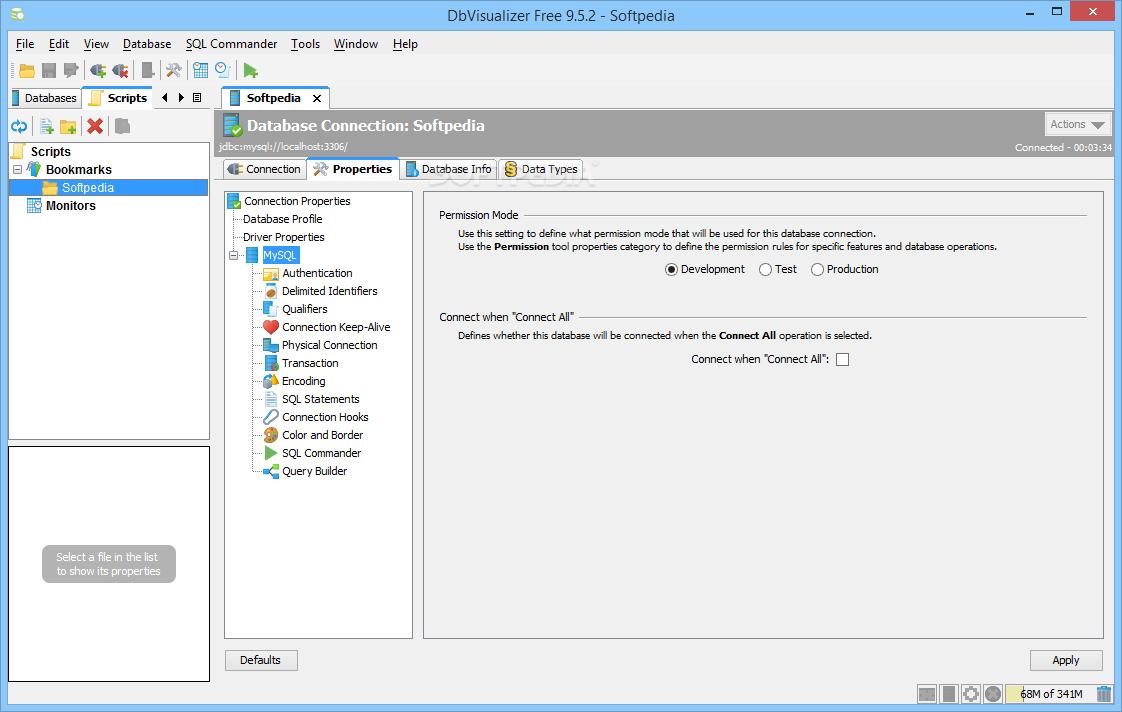

The Databases and JDBC Drivers web page describes where you can download some drivesr and also what additional steps may be needed to install and load the driver in DbVisualizer.ĭrivers are categorized into 4 types.
DBVISUALIZER 11 CRACK DRIVERS
Some drivers are delivered in ZIP or JAR format but need to be unpacked to make the driver files visible to the Driver Manager. Make sure to read the installation instructions provided with the driver. To find a JDBC driver for your database, go to the database vendor's website or search for the name of the database plus the word JDBC.ĭownload the driver to an appropriate directory. The following web page contains an up-to-date listing of the database/driver combinations we have tested: If you need to connect to a database that is not supported by a bundled JDBC driver, you must get a JDBC driver that works with your database type and version.

If you only need to connect to databases of these types, you can skip the rest of this chapter and jump straight to the Creating a Connection page, because by default, DbVisualizer configures all these drivers automatically the first time you start DbVisualizer. Currently, drivers for DB2, H2, JavaDB/Derby, Mimer SQL, MySQL, NuoDB, Oracle, PostgreSQL, SQLite, Vertica as well the jTDS driver for SQL Server and Sybase, are included with DbVisualizer. Get the JDBC driver file(s)ĭbVisualizer comes bundled with all commonly used JDBC drivers that have licenses that allow for distribution with a third party product.
DBVISUALIZER 11 CRACK HOW TO
The following sections describe the steps for installing a JDBC Driver, and also how to configure DbVisualizer to use JNDI to obtain a database connection.

This context is then used to lookup a database connection. To enable database "lookup's" using JNDI, an Initial Context implementation must be loaded into the DbVisualizer Driver Manager. It does not replace JDBC drivers but rather adds an alternative way to get a handle to an already established database connection. This technique is widely used in enterprise infrastructures, such as application server systems. It is also possible to obtain a database connection using the Java Naming and Directory Interface (JNDI). To establish a connection to a database, DbVisualizer loads the driver and then gets connected to the database through the driver. A JDBC driver implements all details for how to communicate with a specific database and database version, and there are drivers available from the database vendors themselves as well as from third parties. All JDBC drivers conform to the JDBC specification and its standardized Java programming interfaces. That job is done by a JDBC driver, which is a set of Java classes. DbVisualizer does not deal directly with how to communicate with each database type. ĭbVisualizer is a generic tool for administration and exploration of databases.


 0 kommentar(er)
0 kommentar(er)
